Q: I recently purchased a new car, and it came with nitrogen-filled tires as part of the dealer’s accessory kit. The next morning after driving the car home I checked the tire pressures. All four tires measured 37 pounds per square inch. The door-jamb tire information placard states the front tires’ pressure should be 32 psi, and the rear 30 psi. I lowered the pressures to the specified amounts.
I understand nitrogen is not subject to temperature changes. A few days later we had a cold snap and I rechecked the pressures and found them to be down about 1-2 psi. Is there any way of checking to make sure there is really nitrogen in my tires?
A: When you bled down the pressures, did you laugh uncontrollably? Oh, wait, that would be nitrous oxide, not pure nitrogen. And by the way, no one said nitrogen was not sensitive to temperature changes, just less so than good ol’ air.
Typically, a colored valve stem cap is used to identify tires filled with nitrogen.
I do not know of any kind of physical or chemical test to prove nitrogen is the gas in your tires, but you could try a relatively simple experiment. If your new car came equipped with a full-size spare tire, fully deflate it to expel any nitrogen, then fill it to the same cold pressure as your car’s tires. Every six months check the pressure in the spare tire. If the pressure is measurably lower than the vehicle’s tires, the car’s tires are filled with nitrogen.
Anyone else know of a method to confirm nitrogen in a tire?
• • •
Q: I own a 2012 Volvo S60 with 36,000 miles and a 2005 Jaguar XK8 with 65,000 miles. Both have ZF automatic transmissions, which are supposed to not need to be flushed or otherwise maintained. The Volvo’s manual says not to change the engine coolant. I don’t drive either one hard and haven’t had problems. What do you think about the no-maintenance instructions?
A: For your Volvo, you are correct that Volvo has no service recommendation for coolant changes.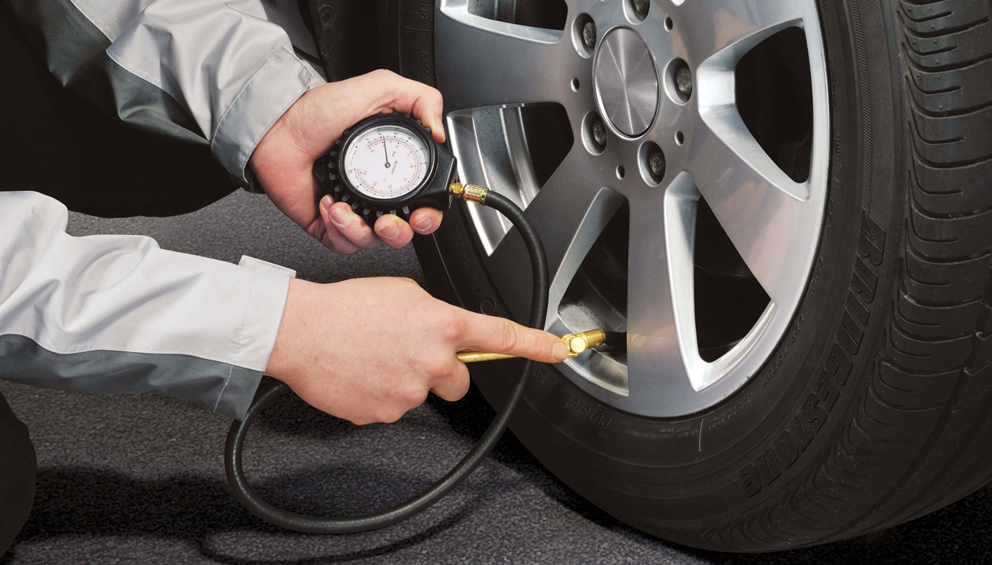 And under “normal” driving, no recommendation for routine transmission service either. But I did find a note in my ALLDATA automotive database that Volvo does recommend transmission service every 52,000 miles if the vehicle is used for towing or if a message appears on the dash. Turning to your Jaguar, I find no service recommendation for the transmission although, like your Volvo, it’s fitted with both a drain and fill plug for servicing.
And under “normal” driving, no recommendation for routine transmission service either. But I did find a note in my ALLDATA automotive database that Volvo does recommend transmission service every 52,000 miles if the vehicle is used for towing or if a message appears on the dash. Turning to your Jaguar, I find no service recommendation for the transmission although, like your Volvo, it’s fitted with both a drain and fill plug for servicing.
Both carmakers suggest brake fluid replacement every two years, and Jaguar would like you to change the coolant every five years.
All I can tell you is that despite my difficulty accepting these no- or long-interval transmission service recommendations, I do recognize significant improvement in lubricants used in modern automatics. Many carmakers and oil companies develop specific lubes for use in their engines and transmissions. Ditto coolants.
My problem is that I cannot fathom how the additive packages blended into these lubricants and coolants will not degrade, oxidize or be consumed over 100,000-plus miles and many years of driving.
Remember my maintenance mantra: “I own the vehicle and am responsible for its maintenance, not the carmaker.”
• • •
Motoring note
In regards to the 2006 Mazda Tribune whose key fob would not unlock its doors nor start the car, here’s a possibility I hadn’t thought of. Thanks to Janice Wilson for this: “I too had issues with my Mazda CX7 remote sometimes not working and then it would — very annoying. Do you know what it was? It happened when the remote and my cellphone were beside each other in my purse! Never happened since I have different spots for each of them now.”
Dang cellphones. Not only a dangerous distraction, but an evil electronic jamming device. Who knew?
Paul Brand, author of “How to Repair Your Car,” is an automotive troubleshooter, driving instructor and former race-car driver. Readers may write to him at: Star Tribune, 425 Portland Ave. S., Minneapolis, Minn., 55488 or via email at [email protected]. Please explain the problem in detail and include a daytime phone number. Because of the volume of mail, we cannot provide personal replies.
Because of the volume of mail, we cannot provide personal replies.
Many drivers wonder if they can replace nitrogen with regular air in their tires. While looking for a way to keep tires inflated longer, especially in changing temperatures, some consider inflating them with nitrogen instead of air, or using a combination of the two. This guide can help you decide whether to fill your tires with nitrogen, air, or both.
In general, adding nitrogen to your tires is a typical up-sell tactic at tire shops. There are some benefits in motorsport, and it sounds good in theory, but for the typical car owner, sticking with normal air is perfectly fine. As long as you keep your tire pressures at the correct spec, you're good to go.
Nitrogen tires are filled with nitrogen instead of, or in addition to, regular air.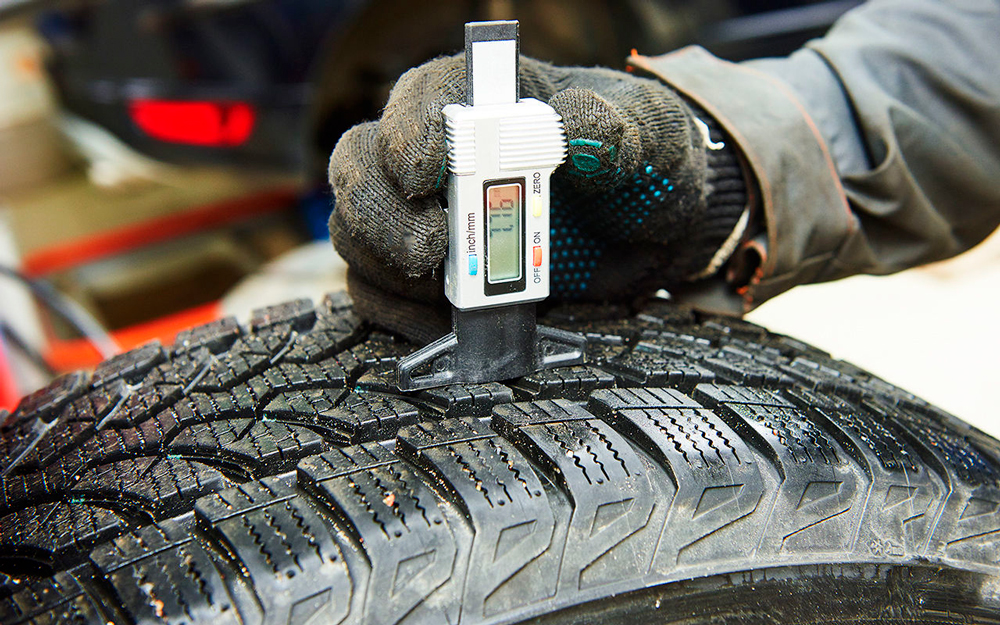 The larger, slower-moving nitrogen molecules seep out of the tire more slowly, and some experts say this can help keep tires inflated longer. Using a combination of nitrogen and air in your tires won't harm them, but it might reduce the effectiveness of the nitrogen fill and cause your tires to deflate more quickly than if you used pure nitrogen. An
accurate pressure gauge can help you maintain proper tire pressure, whether using nitrogen or air.
The larger, slower-moving nitrogen molecules seep out of the tire more slowly, and some experts say this can help keep tires inflated longer. Using a combination of nitrogen and air in your tires won't harm them, but it might reduce the effectiveness of the nitrogen fill and cause your tires to deflate more quickly than if you used pure nitrogen. An
accurate pressure gauge can help you maintain proper tire pressure, whether using nitrogen or air.
Filling your tires with nitrogen might provide benefits in these areas:
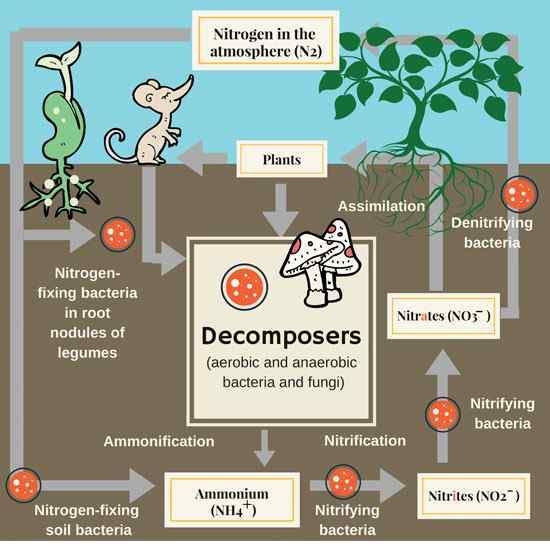 Vehicles handle better when tires are kept at the right capacity. Using nitrogen might help you keep your tires at the proper volume longer.
Vehicles handle better when tires are kept at the right capacity. Using nitrogen might help you keep your tires at the proper volume longer.Any tire can be filled with nitrogen instead of air. Here are some considerations when using nitrogen in some common tire types:
Summer TiresStandard summer tires perform well in dry and wet conditions. They often perform best in summer weather or weather that is generally warm and dry. Using nitrogen in your summer tires might help you keep a consistent tire pressure when the temperature changes drastically, such as a cool summer night followed by a very hot day.
Snow TiresSnow tires, or winter tires, use special rubber and tread and sometimes even metal studs to handle wintry conditions such as snow and ice. Nitrogen's extreme weather benefits may be useful in cold conditions, and you might find that you lose less tire pressure during weather fluctuations than if you were to use nitrogen-free air.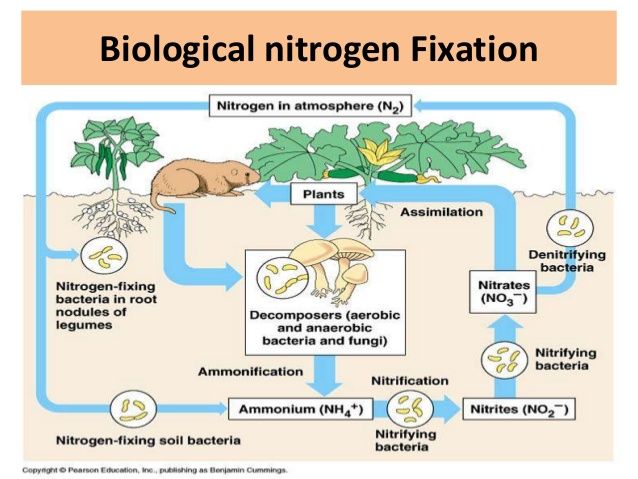
All-season tires are a safe bet in areas with relatively moderate conditions, including temperate winters. They offer modest traction and don't need to be replaced seasonally. Filling your all-season tires with nitrogen might help you retain tire pressure through seasonal temperature shifts, especially when the seasons change.
Performance TiresPerformance tires are often used for high-speed or luxury vehicles. They are often a low-profile, wide tire with shallow treads and increased traction in some conditions. Nitrogen offers the same benefits in performance tires as it does in other tire types, including less frequent top-offs.
Off-Road TiresOff-road tires are used for vehicles that can handle rough conditions such as rocks, mud, and deep snow. They are usually durable with deep tread. Using nitrogen in your off-road tires might help you control your tire pressure specifically for the conditions you expect out on the terrain.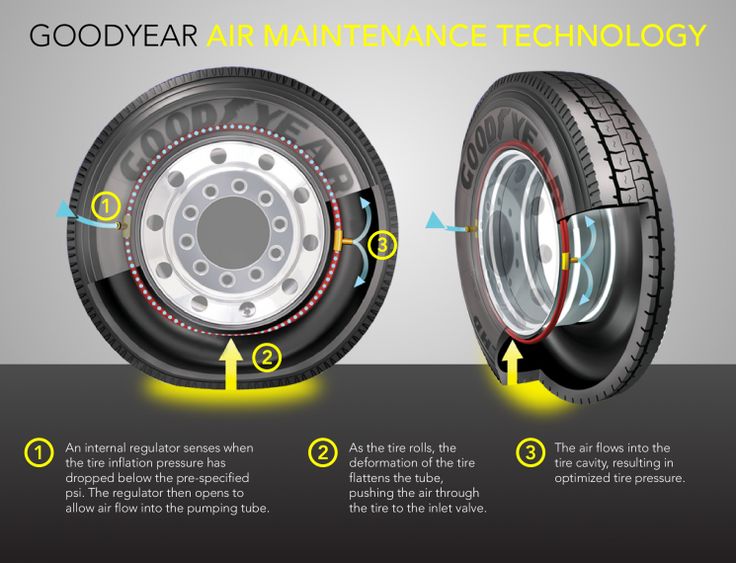
When you are deciding whether to use nitrogen in your tires, keep these factors in mind:
 A green cap is often used to indicate a nitrogen fill.
A green cap is often used to indicate a nitrogen fill.Your local tire dealer can help you fill your tires with nitrogen for the first time. They will usually remove the regular air from your tires and then refill them with nitrogen multiple times. This helps eliminate any remaining oxygen and moisture inside.
To top off or refill your tires with nitrogen, visit a dealer or tire shop near you. Some retailers may only fill tires that were purchased from them and others might require a membership.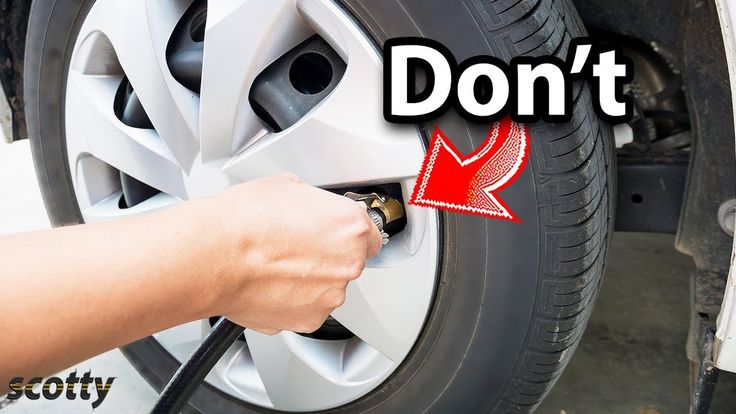
If you find that you are in a situation that calls for a top-off or reinflation and you are away from a nitrogen dealer, use whichever source of air you can find. Maintaining proper tire pressure is more important than the composition of the air in the tire. Properly inflated tires handle better, may get better gas mileage, wear more evenly, and can help keep you safer on the road. You can always return to a dealer for a full nitrogen fill when you get to another area.
Where To Buy Products for Nitrogen TiresMake sure to verify the correct tire size for your vehicle.
Hearst Autos Gear Team The Hearst Autos Gear Team is dedicated to bringing you the very best in automotive tools, parts, and accessories, based on the expertise of the editors of Car and Driver, Road & Track, and Autoweek.
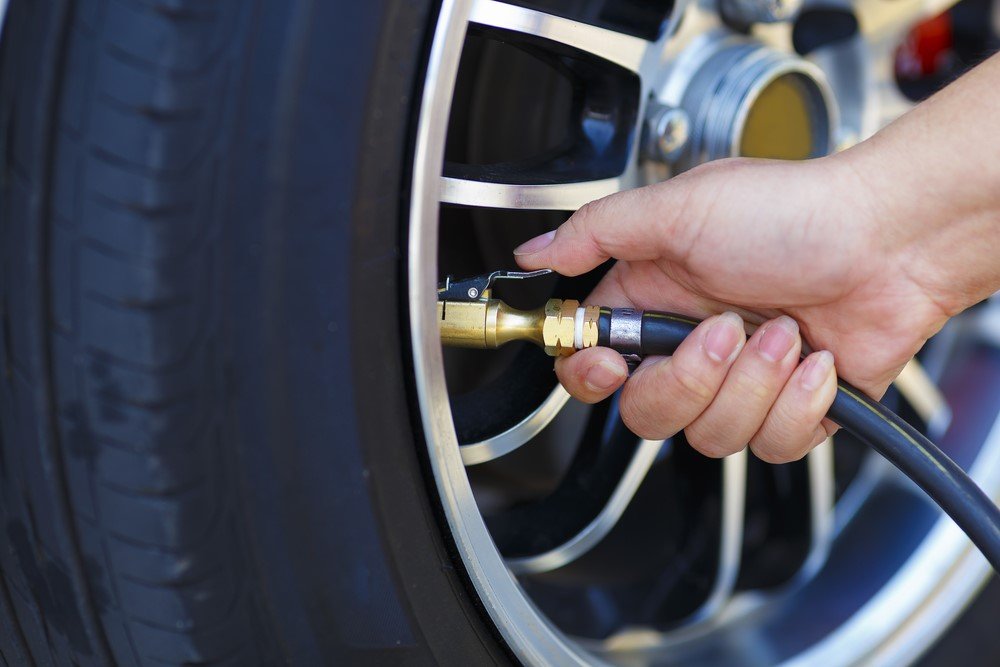 Debunking the myths
Debunking the myths What is better - free air or "magic" nitrogen in tires? There are a lot of opinions. Those who pumped nitrogen into tires instead of air recommend that their acquaintances and friends do the same. Many have heard that Formula 1 cars use nitrogen to inflate tires. Yes that there "Formula 1"! Aircraft tires, heavy trucks and supercars also contain nitrogen. Opinions were divided.
What are the advantages of nitrogen over oxygen in tires, is there any difference at all, or is it a banal pumping out of money? “Sellers of air” name such pluses:
| - stable pressure in tires, as a result of which wear is reduced; - smooth running of the car; - good road grip; - in the event of a tire puncture, the leakage rate is less; - regardless of the temperature in the tire constant pressure; - good fuel economy. |
|
At first glance, for little money, how many useful and important properties at once! Modern car owners love all sorts of exotic things, like miracle powders, wiper spoilers that supposedly improve aerodynamics, etc. They also seized on this "innovation" with nitrogen in tires.
If you recall the physics from the school course, it is clear that "air" consists of 78% nitrogen, 21% oxygen, 1% carbon dioxide and other gases. And the mixture advertised by tire fitters consists of 95% nitrogen and 5% oxygen.
« Stable tire pressure. Since the coefficient of thermal expansion of nitrogen is lower than that of air, the effect of ambient temperature on the tire has practically no effect on the pressure inside it. Nitrogen does not expand at all, unlike air. Therefore, it is nitrogen that is ideal for pumping into tires. »
nine0002 However, anyone with even a little knowledge of physics understands that the statement that the pressure of a gas in an enclosed space is independent of temperature conflicts with the laws of Gay-Lussac (for any gases, the volume expansion coefficient is the same) and Charles (the pressure ratio to temperature is a constant value). We can conclude: all statements that nitrogen will behave differently than oxygen, with an increase or decrease in temperature, are real inventions that are designed for an uneducated person. Of course, there is still a small difference in the volume expansion coefficient, but it is only 0.0001. nine0003 We can conclude: all statements that nitrogen will behave differently than oxygen, with an increase or decrease in temperature, are real inventions that are designed for an uneducated person. Of course, there is still a small difference in the volume expansion coefficient, but it is only 0.0001. nine0003 |
Accordingly, the change in tire pressure will be about 0.00025 atm. Is this a significant change? Certainly not. For those who do not believe in science, we can advise you to conduct a small experiment on your own: pump one tire with nitrogen, and the other with air, and alternately immerse it in boiling water, then in ice water. It is unlikely that the pressure will be stable.
« A tire filled with nitrogen never deflates. Nitrogen molecules are very large, much larger than oxygen, and they move extremely slowly through the micropores in rubber. nine0046 »
| Again we turn to physics. |
Perhaps the whole secret is that “large” nitrogen molecules seem to clog the micropores of the tire and do not allow molecules of other gases to pass out? Although the mixture advertised by the sellers contains 16-17% more nitrogen than ordinary air
« The possibility of tire explosion is minimal. Because nitrogen is an inert gas and does not support combustion. At high speeds, the tire does not heat up because there is no combustible oxygen in it. »
| So, let's try to understand all this.
|
A normal tire for a passenger car can withstand pressure up to 9atm. In order for a tire to burst, it must be heated to a temperature of at least 1000 ° C. At this temperature, even a steel disk will melt.
« Fuel economy. A wheel filled with nitrogen is lighter in weight than a wheel filled with air. Accordingly, the load on the suspension is less and fuel consumption is reduced. »
| At first glance, everything is logical. But let's calculate what is the difference in the mass of wheels pumped up with nitrogen and air. |
This means that the nitrogen content in this tire will be 0.0750 kg, and air - 0.0774 kg. That's the whole difference! You just need a jewelry scale to catch such a difference in weight. Naturally, there can be no talk of any difference in weight and fuel economy. nine0003
« Delayed tire aging due to the absence of dust, moisture and oil in nitrogen. This is confirmed by tests conducted by Continental, Bridgestone, Michelin. »
| If you think about it, the impact of the environment (various reagents on the road surface, ultraviolet radiation, bitumen, etc.
|
Is it really possible to save the carcass of tires from oxidation by ordering nitrogen into the tire, as the “air sellers” promise? This is hard to believe, since it is well hidden in the thickness of the rubber and cannot come into contact with air, moreover, the wires of the frame are covered with brass and are not easily oxidized.
« Improving road grip. Nitrogen is more stable than air (which is able to succumb to the environment) . »
| This myth is generally difficult to somehow comment on. There is nothing to discuss, no matter how you look at it. nine0003 |
On the other hand, cunning sellers sometimes deliberately underfill the tires with nitrogen and warn the client not to inflate the tires with air in any case, and also not to check the pressure.
So nitrogen in tires, instead of ordinary air, is not an innovation at all, but rather a tribute to fashion, which is usually not consulted with science. On the other hand, the small money that is given to the “air sellers” for nitrogen may well be compensated by the impression made on friends when saying the phrase: “And in my car there are nitrogen tires, like Schumacher’s!”. nine0003
One of the latest trends in our automotive services market is the use of nitrogen in tires.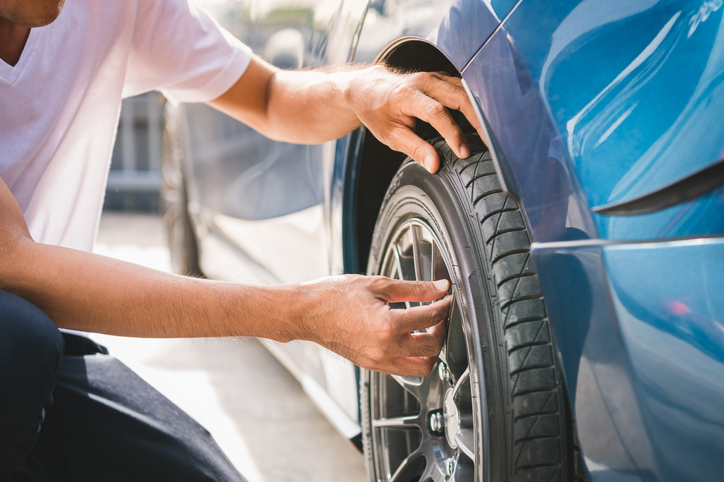 Fans of this method assure a significant reduction in fuel consumption. It is also believed that the wheels practically do not go down due to the larger size of the gas molecule compared to air. Many tire fitting stations and service centers offer refueling of tires with this gas. nine0003
Fans of this method assure a significant reduction in fuel consumption. It is also believed that the wheels practically do not go down due to the larger size of the gas molecule compared to air. Many tire fitting stations and service centers offer refueling of tires with this gas. nine0003
There are also opponents of the method who completely dismiss all the arguments of the supporters. Their main argument is the well-known fact that air is 78% nitrogen, 21% oxygen and other gases. Question: why inject another 15% nitrogen? It is unlikely that an additional volume of gas can dramatically improve the performance of a car tire. Moreover, this service costs more.
Let's look into the situation, consider all the pros and cons of nitrogen in tires.
In the automotive world, pumping nitrogen into tires has been around for a long time. True, this method was first used in the "royal" class of racing - Formula 1. However, like most other technologies that have been tested on cars before manufacturers start using them on production cars.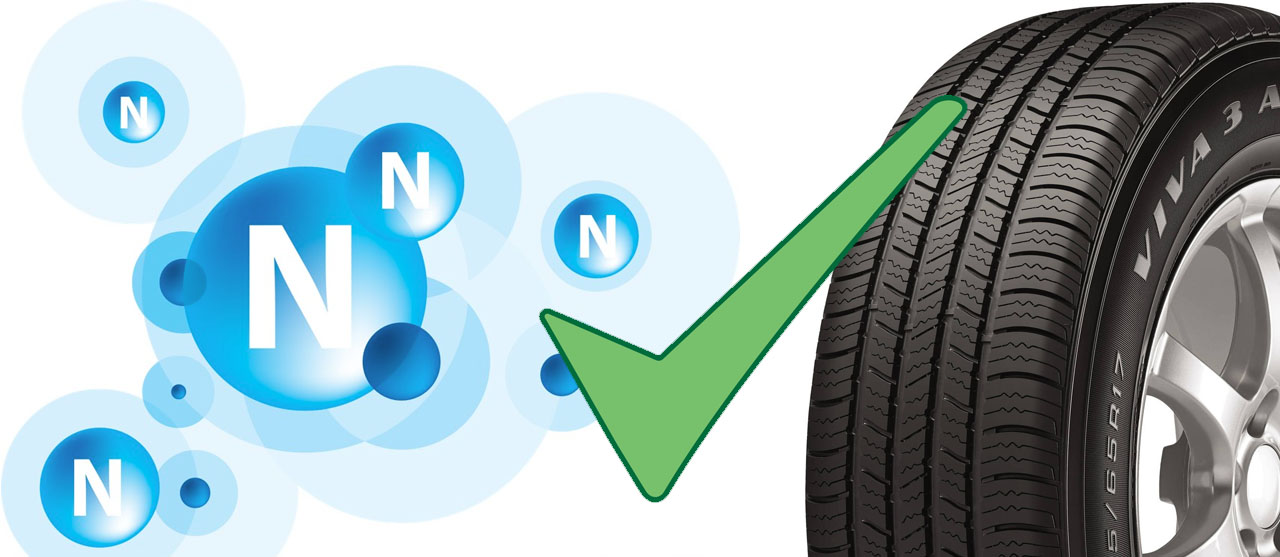 In this case, an air-nitrogen mixture was used, and not pure gas. The method was first used in the middle of the last century.
In this case, an air-nitrogen mixture was used, and not pure gas. The method was first used in the middle of the last century.
In the case of Formula 1, the use of this method provides at least one big plus - increased safety. The fact is that in the event of a car igniting, the air from the burst tire is an oxygen blower, igniting the flame even more. In the case of nitrogen injection into tires, this effect will no longer be, that is, the risk of fire is reduced. nine0003
In the US, nitrogen is used instead of air in tires in commercial vehicles. This is not a mandatory rule, but many truck owners and carriers use alternatives.
In ordinary life, cars are not often used to the limit of their capabilities, fires occur very rarely. Therefore, pumping gas instead of air just for the sake of greater safety is impractical, but there are other advantages.
Nitrogen tire inflation has both supporters and opponents. Moreover, they are present among professionals, including owners of tire stations and service stations, and among amateurs. The advantages of the method include:
The advantages of the method include:
This is one of the most common arguments for nitrogen instead of air. Its essence boils down to the fact that the specified gas is lighter than air, respectively, the lower weight of the wheel will lead to a decrease in fuel consumption. nine0003
To do this, you need to deal with real numbers. A cubic meter of air, which is pumped into tires, has a weight of 1.29 kg, and a cubic meter of gas - 1.25 kg. A standard passenger car wheel holds about 75 grams of pure gas and 77 grams of air mixture. Therefore, the difference in fully inflated wheels will be a few grams, which is negligible for significant fuel savings.
The difference is almost imperceptible - much more weight on the wheel adds dirt between the treads or pebbles. nine0003
nine0003
Winter Drive protection
Tires Goodyear UltraGrip Arctic 2 SUV
Winter Drive Protection Sound Comfort
Rating:
4.5
Tires Goodyear UltraGrip Ice 2
Winter Drive protection
Tires Goodyear UltraGrip Performance+ SUV
Winter Drive protection
Tires Goodyear UltraGrip Arctic 2
Winter Drive Protection Run On Flat Sound Comfort
nine0002 Tires Goodyear UltraGrip Performance+ Stable pressure is another argument for fans to pump nitrogen instead of ordinary air into the wheel. In this case, the argument is the larger size of the gas molecule compared to the size of the oxygen molecule. Accordingly, oxygen seeps through microscopic cracks and holes in the tire faster. As a result, the pressure drops and the wheel lowers. nine0003
Yes, it is. But do not forget that ordinary atmospheric air is 78% nitrogen, and only 21% oxygen. Therefore, when the pressure drops in the wheel, it is pumped up, thus adding even more nitrogen from ordinary air. For several years of operation, the wheel is almost completely inflated with gas alone.
Nitrogen practically does not expand when heated, so the pressure in the tire will be the same as the temperature changes. In contrast to this statement, it is worth noting that more than three-quarters of the air is occupied by nitrogen. Other gases also do not expand much, so the pressure difference in tires filled with air or nitrogen when heated is not too great to take into account. nine0003
nine0003
Proponents of the method claim that the absence of oxygen provides additional protection for the material from aging. Yes, this is a fair remark, but does it make any practical sense? Rubber is exposed to other factors - aggressive environment, moisture, sunlight, and so on. All this does not contribute to the extension of service life, but no one is going to use tires forever. There are certain operating times that are not significantly affected by the gas used. nine0003
A lower noise level indicates a tire filled with clean gas rather than atmospheric air. Yes, by simple measurements at a speed of 100 km / h, the noise level in the first case is 65 dB versus 68 dB in the second. Is this good or bad? Just imperceptibly - a difference of 3 dB is absolutely negligible.
A wheel filled with nitrogen is less likely to explode. In fact, the wheel will explode only in the case of ruthless operation of the car, which is very rare in ordinary life. Moreover, in fact, the wheel does not explode, but bursts - there is a sharp loss of pressure when the tire structure is destroyed. And this can happen when hitting an object or obstacle. nine0003
And this can happen when hitting an object or obstacle. nine0003
Also, do not pay serious attention to the advice of those who recommend less checking the tire pressure with nitrogen. Checking should be done as often as the manufacturer recommends, and the number of checks does not depend on the type of mixture. How much the wheel “holds” is largely influenced by the composition of the rubber, its condition. A normal tire without damage is able to hold pressure for years
But metal corrosion is more pronounced when air is used. The oxygen contained in it is an oxidizing agent. It enters into a chemical oxidation reaction even at low temperatures, affecting the wheel and rubber. This statement can be attributed to the really positive aspects of nitrogen injection. nine0003
The downside of using nitrogen instead of air in your car's tire can be the cost. After all, the technology provides for the removal of air from the wheel and then the injection of clean gas instead. Naturally, you need to think carefully about whether it is necessary to pump in nitrogen, or whether it is better to use the traditional method. We did not find significant advantages, representatives of the main tire brands have a similar opinion. To determine why to do this, you need to think carefully, because there are no pronounced advantages. nine0003
Naturally, you need to think carefully about whether it is necessary to pump in nitrogen, or whether it is better to use the traditional method. We did not find significant advantages, representatives of the main tire brands have a similar opinion. To determine why to do this, you need to think carefully, because there are no pronounced advantages. nine0003
Another disadvantage is the need to use special equipment, gas cylinders are also needed. This can only be afforded by special service centers for car maintenance, tire shops. Any car owner can inflate a tire with a compressor or even a simple pump, for this it is not necessary to be a professional. With nitrogen, this will not work - in a garage or in the middle of a highway you will not be able to pump gas, at least without the appropriate equipment.
The following shortcoming cannot be called a pure disadvantage of the method, but still its opponents often talk about it. The essence of their refutation boils down to the fact that in simple air the nitrogen content is at least 78%, so it makes no sense to pump in an additional 15%.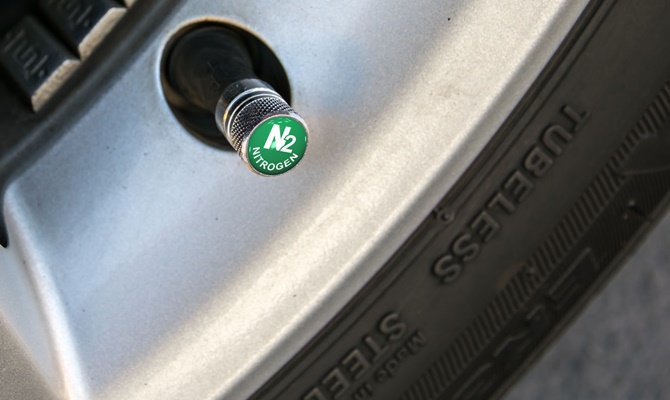 nine0003
nine0003
The argument for using nitrogen in tires is the smooth running of the vehicle. There is no obvious confirmation of this advantage, just the pressure in this case is slightly less - the wheel is under-inflated, which ensures smooth movement on uneven road surfaces.
It is a clear myth that when a tire is punctured, gas escapes more slowly than pure air. The reason for this is the larger size of its molecule. This is not true, and any puncture can “empty” the wheel in a matter of moments. nine0003
For example, in the rules of the notorious Formula 1, the elite of motorsport, there is no mandatory requirement to use nitrogen exclusively. Choice is provided, which means there is no advantage of one method over another. For road cars, the situation is similar, but with one clarification. The cost of using nitrogen in vehicle tires is much higher and this is a significant disadvantage. The question arises - why overpay if there are no benefits as such? The answer depends solely on the preferences of a particular car owner.